A basement can be so much more than a storage space; it can be a home office, a bedroom, a home gym, a theater room, a craft room, or just a place where you and your family hang out.
However you decide to use your basement, there’s no doubt you’re thankful for the extra room that it provides but there’s just one problem: noise.
Whether sound is traveling into your basement from the floors above, or the sound is traveling out of the basement into the upper living spaces, you’re probably wondering if there are any ways to soundproof the space.
Let's take a look at your options.
Obviously, the goal of soundproofing is to eliminate noise. However, in order to achieve that goal, you need to pinpoint the type of sound that you are trying to eliminate.
There are two different kinds of sound:
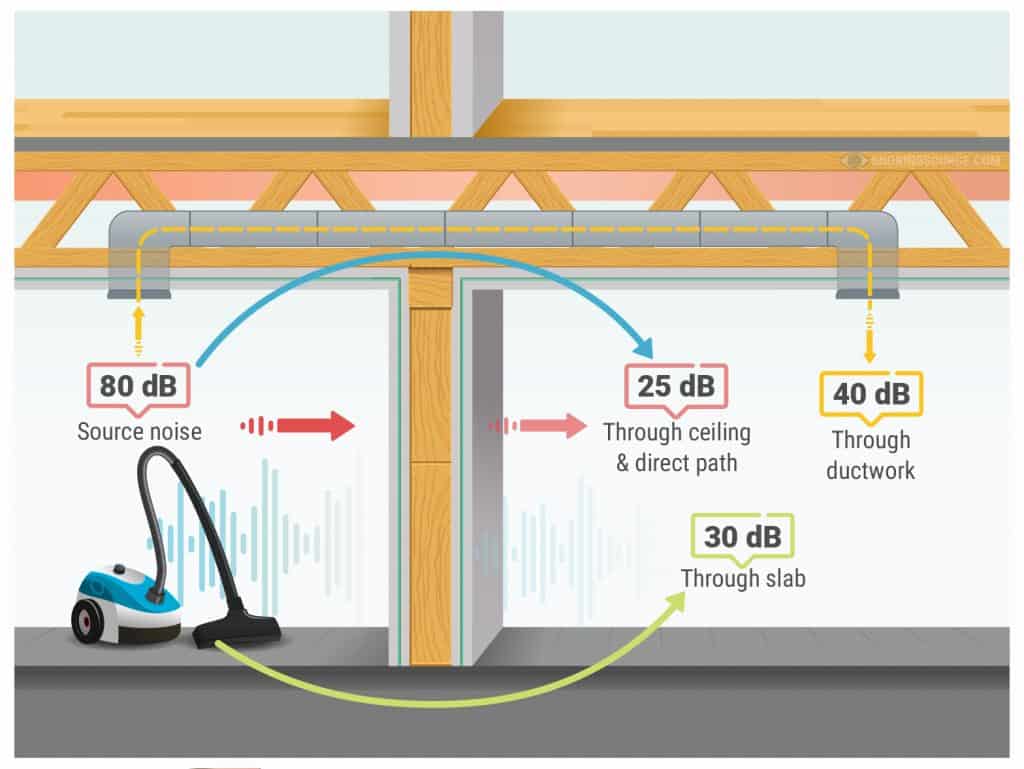
Airborne noise is the sound that you most commonly hear; examples include people talking, sounds from a TV, and music. When someone or something makes noise, it creates soundwaves, and those soundwaves are picked up by a medium.
In the case of airborne noise, that medium (as the name suggests) is air. The soundwaves travel through the air until they collide with a solid object, such as a wall, a floor, or a ceiling. Sound then travels through that solid object and into the space beyond it.
When you hear the sound of people talking in your basement while you’re in the living room, that’s airborne noise.
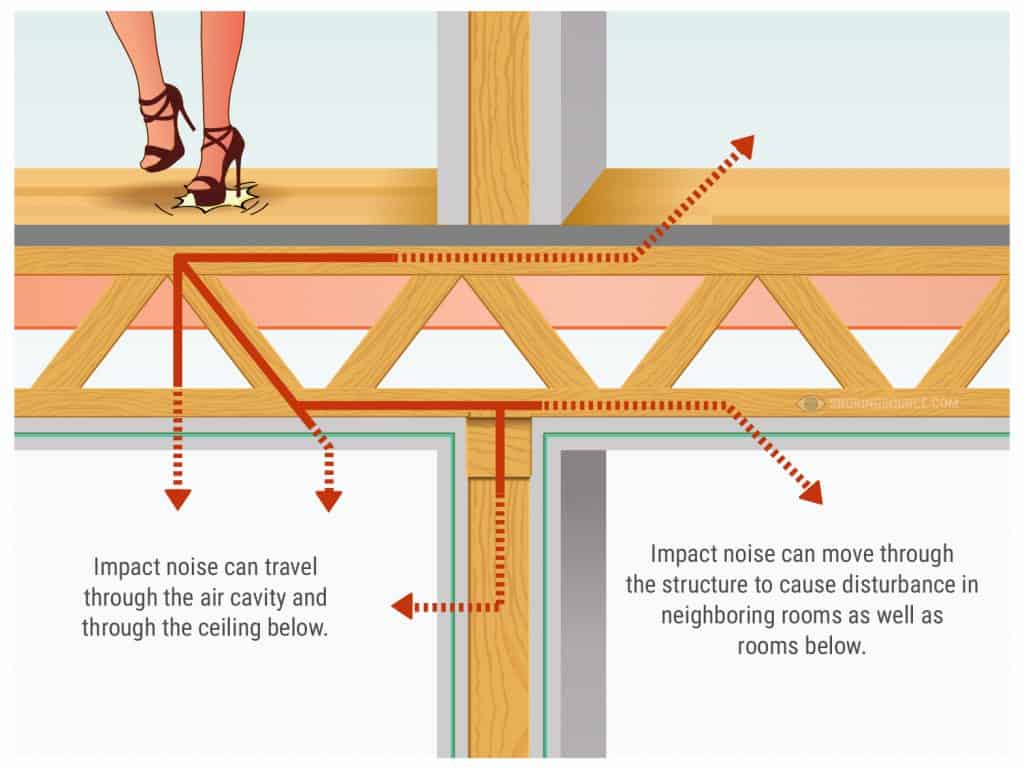
With impact noise, instead of air, the medium that sound travels through is a solid structure.
When an object hits into another structure – someone’s footsteps on a floor, for example – it generates soundwaves, and those soundwaves travel directly through the structure; hence why impact noise is also known as structure-borne noise.
This is the type of noise you hear when someone is walking overhead and you can hear the sound of the footfalls in your basement, or when someone bounces a ball into the ceiling of your basement and you can hear it through the floor.
To figure out which type of noise you’re hearing from your basement, place a hand on the surface you hear the noise coming from. If you feel a vibration when the sound occurs, it’s impact or structure-borne noise; if you don’t, it’s airborne.
Once you figure out the type of noise you want to minimize, you can apply different soundproofing strategies. Below, we discuss some of the different ways that you can prevent the passage of soundwaves traveling out of and/or into your basement.
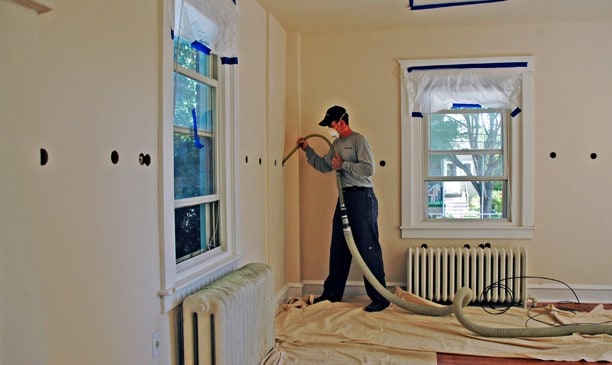
Insulation is an effective way to reduce sound transfer. Insulation absorbs soundwaves, so it will help to cut down on the amount of noise you hear coming through the floor above you or your basement walls. It will also minimize the amount of noise you can hear coming out of the basement in the space above or next to it.
So, if you can easily reach the space between the ceiling and the floor above it or the walls of your basement, install some more insulation; blown insulation is the easiest option, as you don’t need to remove structures to add it.
If you’re in the midst of finishing your basement, make sure to place batts of insulation between hanging up drywall on the walls and ceiling.
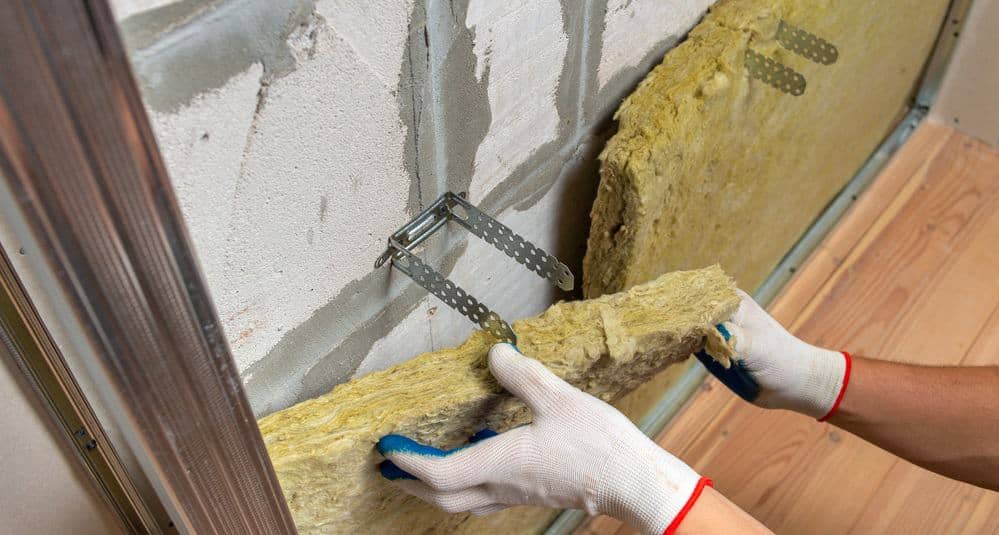
Drywall is also an effective soundproofing material. It creates more mass, which will help to reduce some of the sound that transfers through the ceiling or walls.
For the best results, we suggest using sound deadening drywall and applying Green Glue soundproofing compound to the back of the drywall before putting it in place.
Keep in mind that the denser the drywall, the more soundproofing capabilities it will offer.
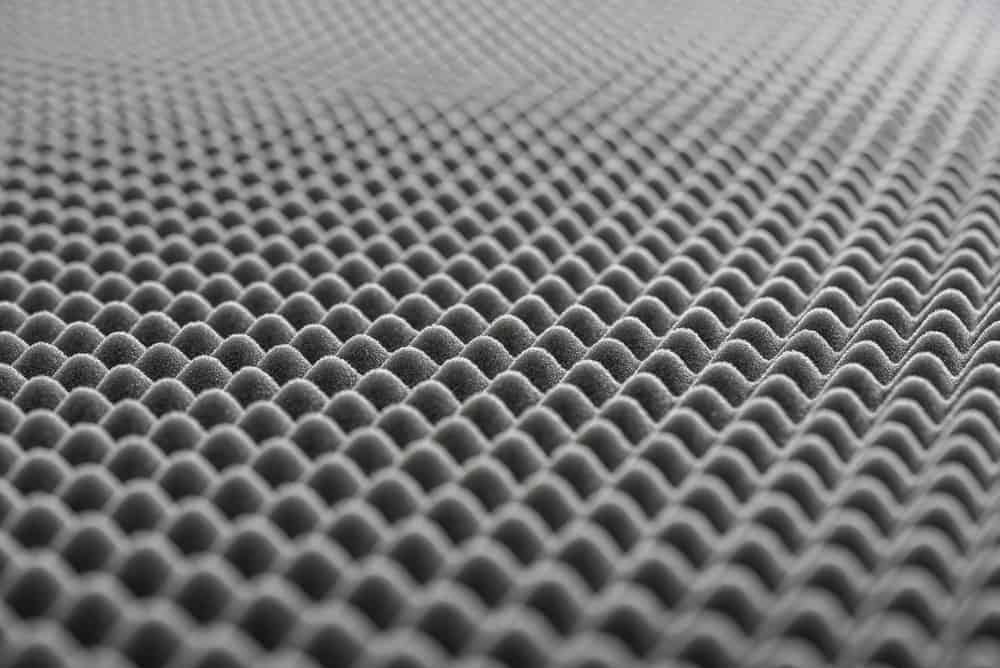
You could also use acoustic foam tiles to reduce noise transferring into or out of your basement; the type that you see in recording studios and theaters.
These tiles help to minimize vibrations, thereby reducing echoes, so they not only help to limit the amount of noise that escapes from or travels into your basement, but they also improve the sound within the space. If you’re planning on using your basement as a music studio or a theater room, the benefits of acoustic foam tiles will be two-fold.
Apply the tiles to the ceiling and/or walls. As with drywall, we recommend applying Green Glue to the back of the material or to the existing surface before installing acoustic foam tiles.
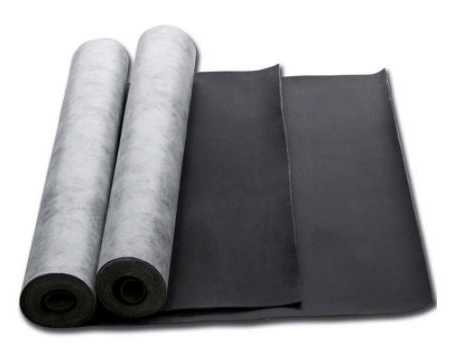
Mass Loaded Vinyl (MLV) is a dense, yet malleable material. Typically, it’s impregnated with small metal particles, which help to increase the mass of the material.
Mass plays an important part in soundproofing, as it helps to deaden soundwaves, which prevents their passage into another space. As such, MLV is an effective way to reduce both airborne and structure-borne noise.
You can install MLV on the walls and ceilings of your basement. To do so, make sure you properly measure the space where you will be installing it and cut the material to size.
Once the material is positioned, secure it to the surface using nails, screws, or tacks. Again, you could improve the soundproofing capabilities of the material my applying Green Glue to the surface before installing your MLV.
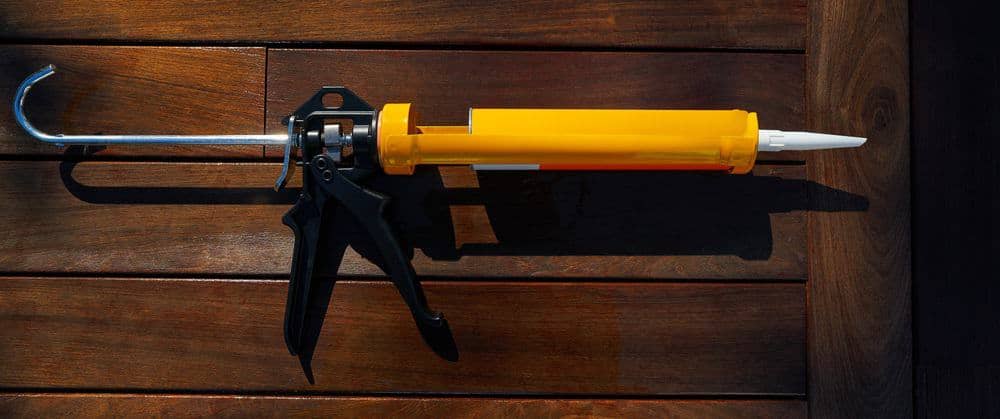
If there are any gaps in the ceiling, walls, or around the windows in your basement, seal them up. Gaps are an open pathway for soundwaves, so sealing them up will help to block the passage of unwanted noise.
To seal up any gaps, we recommend using either acoustic caulking from Green Glue or weather stripping. Green Glue’s acoustic caulking is a polymer that helps to reduce the vibrations that are caused by soundwaves, thereby minimizing noise transfer.
Weather stripping is also an option. Measure the area where you would like to apply it and cut lengths of weather stripping to size. Remove the cover on the adhesive backing and apply it to the surface of the area where you want to seal.
If you want to cut down on the amount of noise that travels through your basement ceilings, try installing carpeting or rugs on the floors of the space above it; the thicker the rugs or carpeting, the better the results.
Rugs and carpets add mass to the floor and absorbs soundwaves, so you’ll hear less noise through the ceiling and less noise coming out of the basement through the floors of the spaces above it.
For improved results, place soundproof underlayment before laying carpets or rugs.
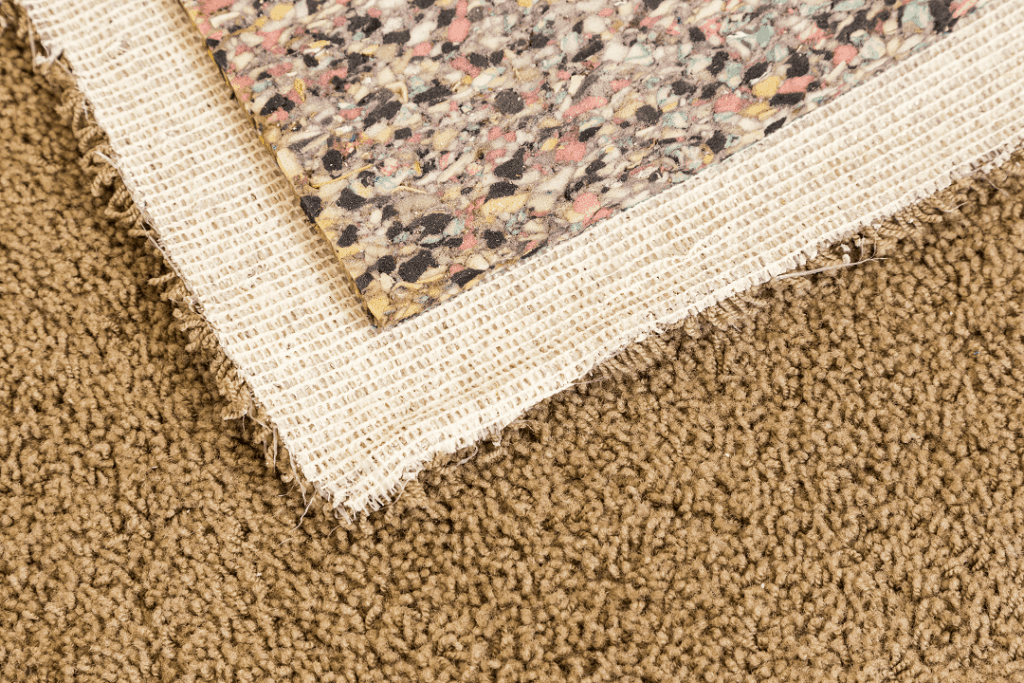
As mentioned, there are several different types of sound deadening underlayment materials, with different options available for different flooring materials; tile, hardwood, laminate, and carpeting, for example.
It should be noted, however, that in order to use this soundproofing technique, you’ll need to remove the existing flooring in the room above the basement. Once the underlayment is in place, you can then place the flooring material on top of it.
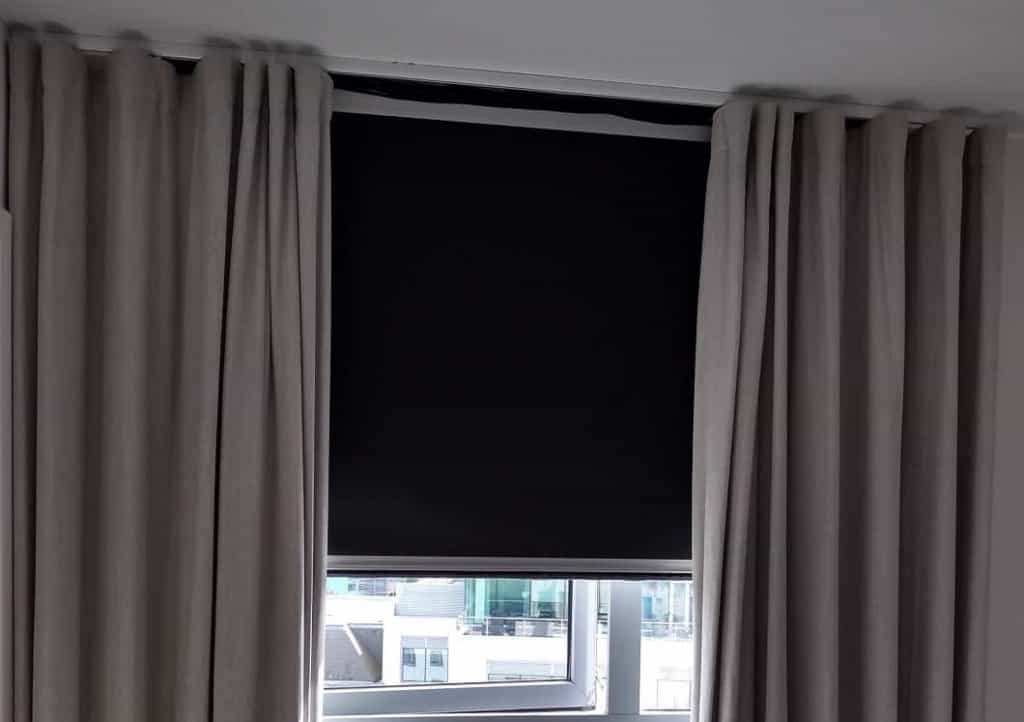
You can also use sound deadening blankets or curtains to minimize noise transfer in your basement. Both are made of dense fabrics that both absorb and deflect noise.
Use this option to soundproof your basement windows; simply install curtain rods on the wall above the windows and then hang the drapes or blankets over them.
You can also use blankets and curtains to soundproof the doors and walls. Attach curtains or blankets directly onto the doors or drape the material from curtain rods installed above the doorways.
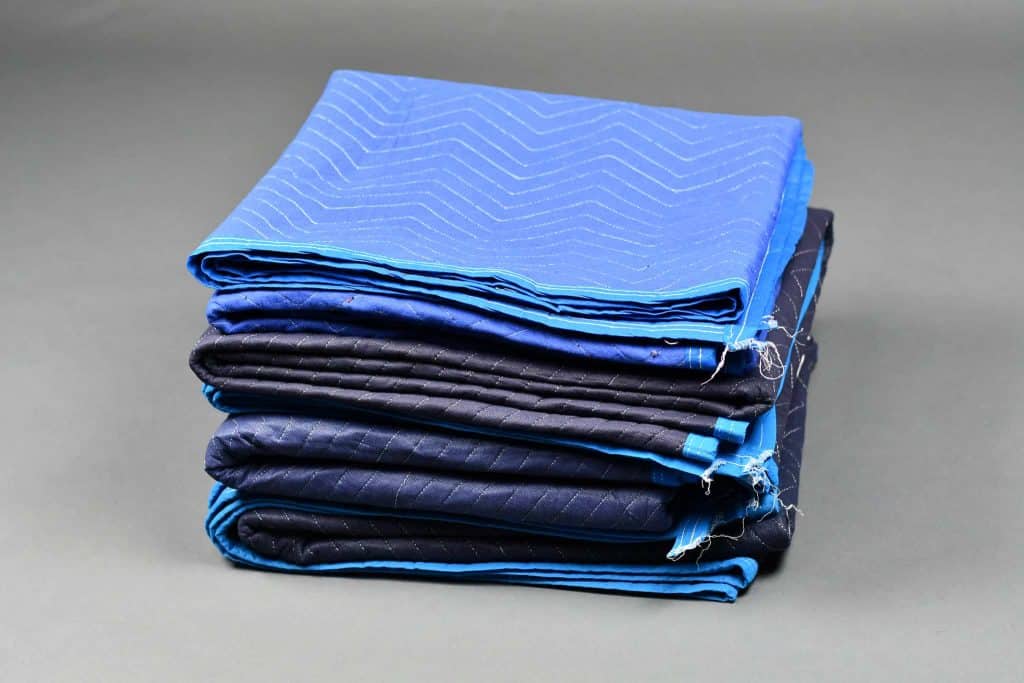
The nice thing about this option is that if you use curtain rods to hang the curtains or blankets, you can move the material as needed; in other words, it isn’t a permanent fixture.
For instance, you can open up the curtains to let sunlight or fresh air into the basement and then close them when you want to cut down on noise.
A basement offers so much potential, but noise can be a serious challenge in the space. The above mentioned strategies should help to mitigate most unwanted noise.

Snoringsource.com is a participant in the Amazon Services LLC Associates Program, an affiliate advertising program designed to provide a means for website owners to earn advertising fees by advertising and linking to amazon(.com, .co.uk, .ca etc) and any other website that may be affiliated with Amazon Service LLC Associates Program.